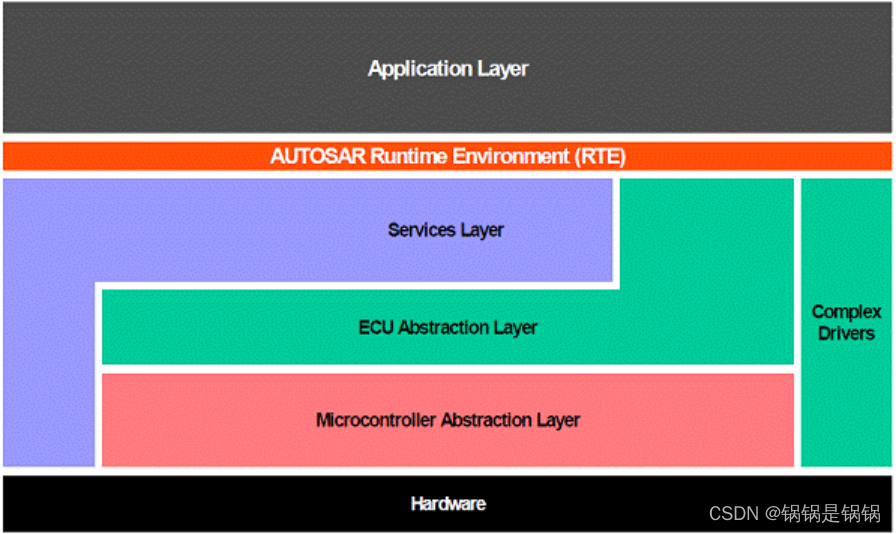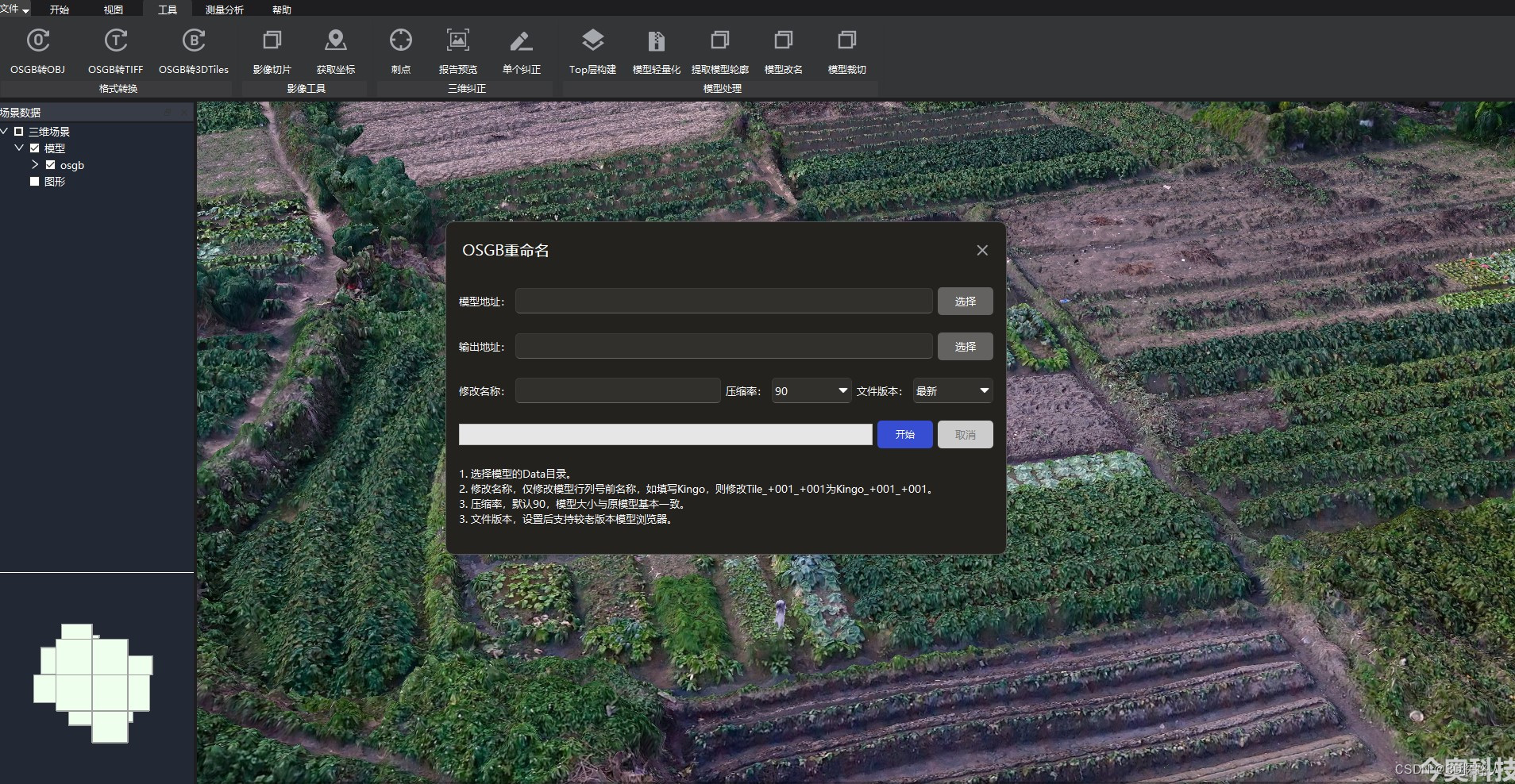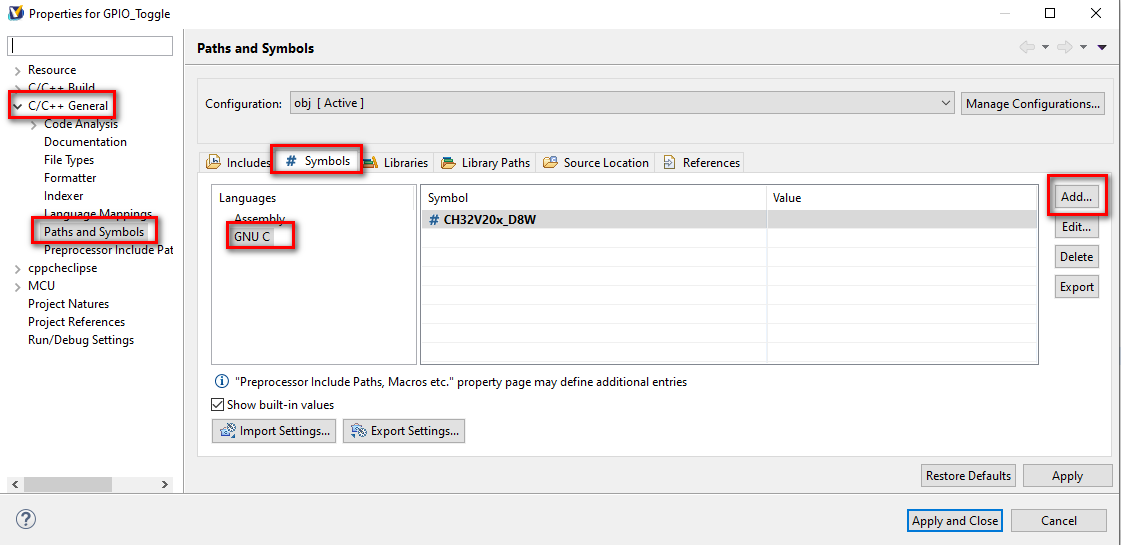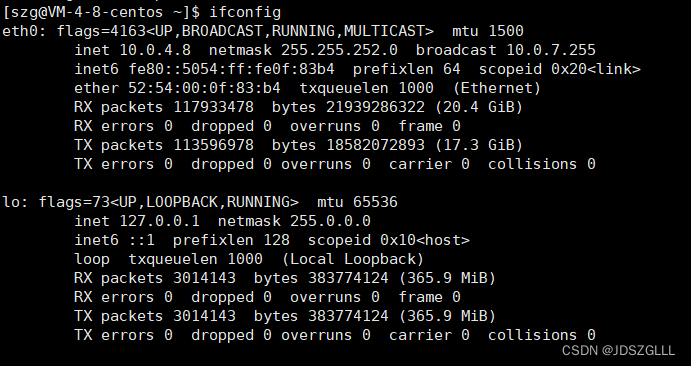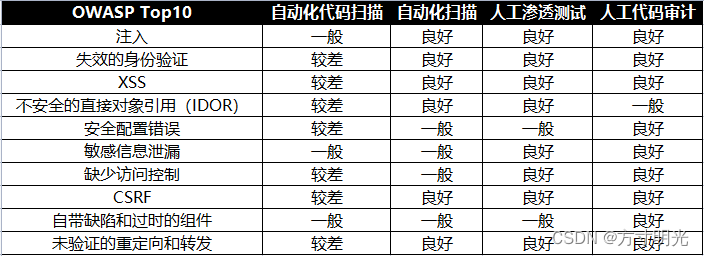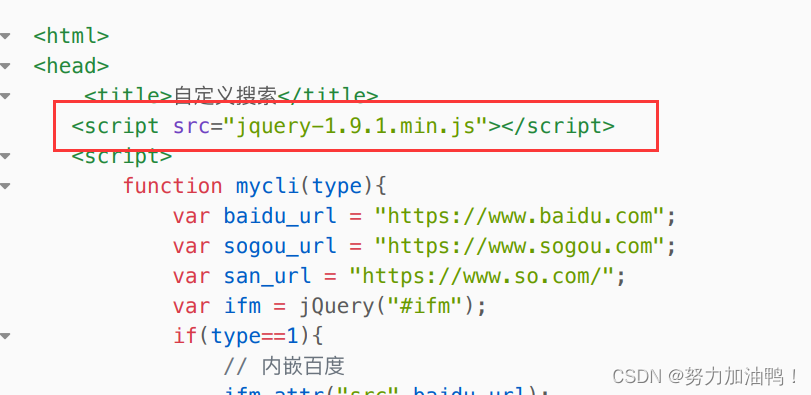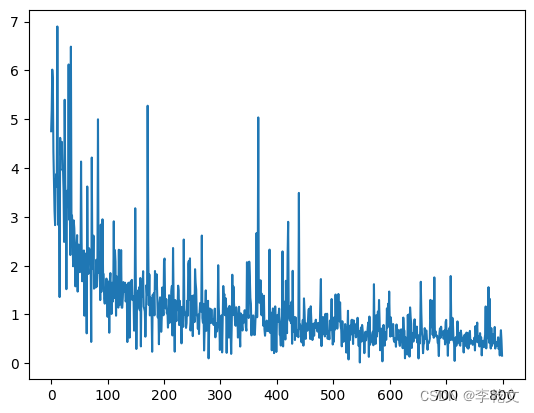AVL 树(自平衡二叉搜索树) 介绍
- 前言
在介绍二叉搜索树的章节中提到,二叉搜索树可能退化为线性链表,失去作为二叉树的各种优势。那么过程中需要维持二叉树的形式,同时左右子树的深度差异可控,如果能实现这两个条件,那么我们称这样的树为自平衡二叉搜索树,由于这类数最早由苏联数学家 Georgy Adelson Velsky 和Landis共同提出,又称之为AVL树。
- AVL树特征
AVL树的每个结点都需要维护平衡因子,平衡因子的取值范围为-1,0,1,如果所有结点的平衡因子的取值范围都落在-1,0,1范围内,就称这棵树为自平衡二叉搜索树(AVL树)。
观察一个具体例子,下面一棵树就属于一颗AVL 树,因为每个结点的平衡因子都落在-1,0,1范围之内。

下面这棵树就不属于AVL树,因为有的结点的平衡因子为2.

- AVL树旋转
AVL树可以在元素插入过程中进行旋转处理,确保所有节点的平衡因子落在合理范围之内,如果由于元素插入导致节点的平衡因子落在合理范围之外,那么就需要通过不同模式的旋转操作实现再平衡。值得一提的是,所有的旋转和再平衡操作都发生在递归插入完成之后,也就是从叶子节点开始,不断向上进行不同的调整。
3-1. 左旋操作
左旋操作的对象涉及到两个结点X和Y,当X结点的平衡因子的值超过限制范围的时候,而且右子树比左子树要“重”,这是后就需要把Y作为新的根节点,相当于对X施加左旋的基本操作,操作完成后,整个树满足AVL树的基本要求。
旋转前:

左旋后,Y将作为子树的新根节点,同时满足平衡因子满足AVL树的基本要求。

3-2 右旋操作

右旋操作与左旋操作相反,如上图所示,需要以对Y进行右旋操作,旋转操作之后,二叉树的平衡因子满足AVL树的基本条件和要求,重新回归到AVL树的属性。
3-3 先左旋后右旋
先左旋后右旋的操作会涉及到三个结点,结点Z,X和Y,操作需要自下而上,先对X-Y结点组合施加左旋操作,
操作前:

第一步,左旋操作,

第二步,右旋操作

操作完成后,二叉树重新取得平衡,回归AVL树的属性。
3-4 先右旋再左旋
先右旋再左旋也涉及到三个结点,操作顺序也是自下而上(利用递归回退前的信息属性进行操作),先对靠近底部的子树进行右旋操作,而后再进行左旋处理。
先右旋处理

后左旋处理

- AVL树的平衡因子和结点高度
平衡因子定义为左子树高度和右子树高度差,由于在旋转过程中需要对平衡因子进行维护和更新,所以需要动态求出每个结点的子树在插入或删除后,本身的平衡因子的变化。结点的平衡因子取决于左右子树的高度差,所以如果需要更新结点的平衡因子,那么首先首先求解本节点两个子树的高度。
b
a
l
a
n
c
e
_
f
a
c
t
o
r
=
h
e
i
g
h
t
(
l
e
f
t
_
s
u
b
t
r
e
e
)
−
h
e
i
g
h
t
(
r
i
g
h
t
_
s
u
b
t
r
e
e
)
;
balance\_factor=height(left\_subtree)-height(right\_subtree);
balance_factor=height(left_subtree)−height(right_subtree);
- AVL树的插入操作
AVL树的插入操作与普通二叉树插入操作基本相同,唯一不同点在于,插入完成后,需要对节点自底而上进行平衡因子的更新及相应的转动操作。这些反转操作必须在插入完成后才能进行,插入前无法进行更新,这就类似单个递归的后续操作,当递归完成后,然后再对相应的信息进行相关操作。
在进行插入操作之前,需要进行对相关的辅助函数进行编写。其中get_height(Node *node)函数返回节点当前的高度,如果节点没有左右子树,节点高度定义为1。
typedef struct Node
{
int key;
struct Node *lchild;
struct Node *rchild;
int height;
}Node;
int get_height(Node *node)
{
if(node==NULL)
{
return 0;
}
else
{
return node->height;
}
}
根据上面的公式,可以求出每个节点的平衡因子,get_balance_factor(Node *node)函数的作用为求出某个节点的平衡因子。
int get_balance_factor(Node *node)
{
if(node==NULL)
{
return 0;
}
else
{
return (get_height(node->lchild) - get_height(node->rchild));
}
}
如果要得到某个节点的后继节点,那么就需要使用函数find_successor(Node *node)进行求解,然后返回某个相关的节点。
Node *find_successor(Node *node)
{
Node *p;
if(node==NULL)
{
return NULL;
}
p=node->rchild;
while(p && p->lchild)
{
p=p->lchild;
}
return p;
}
如果需要创建新的节点,那么就需要采用函数make_node,创建新的节点,然后返回创建的节点即可。
Node *make_node(int key)
{
Node *node;
node=(Node*)malloc(sizeof(Node));
node->height=1;
node->lchild=node->rchild=NULL;
node->key=key;
return node;
}
左旋操作
Node *left_rotation(Node *node)
{
Node *rc;
Node *new_node;
rc=node->rchild;
node->rchild=rc->lchild;
rc->lchild=node; //node =rc;
new_node=rc;
// from the bottom to top
node->height=max(get_height(node->lchild),get_height(node->rchild))+1;
new_node->height = max(get_height(new_node->lchild), get_height(new_node->rchild)) + 1;
return new_node;
}
右旋操作
Node *right_rotation(Node *node)
{
Node *lc;
Node *new_node;
lc=node->lchild;
node->lchild=lc->rchild;
lc->rchild=node;
new_node=lc;
//from the bottom to top
node->height = max(get_height(node->lchild), get_height(node->rchild)) + 1;
new_node->height = max(get_height(new_node->lchild), get_height(new_node->rchild)) + 1;
return new_node;
}
节点插入的函数分析,插入节点的函数当中,出现node->lchild=insert_node(node->lchild,key)表达是,这个表达式的作用是把前一个栈弹出的值赋给node->lchild即可,所以它不需要返回值,只需要赋值即可。
Node *insert_node(Node *node, int key)
{
int bf; //balance factor;
if(node==NULL)
{
return make_node(key); //create the new node
}
if(key < node->key)
{
node->lchild=insert_node(node->lchild,key);
}
else if(key > node->key)
{
node->rchild=insert_node(node->rchild,key);
}
else
{
return node; //termination condition had been reached;
}
//update the balance factor of each node and rebalance the AVL tree
node->height=max(get_height(node->lchild),get_height(node->rchild))+1;
bf=get_balance_factor(node);
if(bf>1 && key < node->lchild->key)
{
return right_rotation(node);
}
if(bf<-1 && key >node->rchild->key)
{
return left_rotation(node);
}
if(bf>1 && key > node->lchild->key)
{
node->lchild=left_rotation(node->lchild);
return right_rotation(node);
}
if(bf<-1 && key < node->rchild->key)
{
node->rchild=right_rotation(node->rchild);
return left_rotation(node);
}
return node; //general root node;
}
节点删除函数分析,节点的删除分为三类情况:
如果节点的左子树或右子树为空,那么直接把其右子树或左子树赋给当前节点即可。如果左右子树均不为空,那么就需要找到此节点的后继节点,用后继节点的值替换待删除节点的值,最后把后继节点删除即可,后继节点可以为叶子节点也可以为中间的某个节点。
具体的实现函数为
Node *delete_node(Node *root, int key)
{
//Deleting the node is the best algorithm we've ever had, it deserves learning
Node* temp;
int bf;
if(root==NULL)
{
return root; //failure to find the target node
}
if(key < root->key)
{
root->lchild=delete_node(root->lchild,key);
}
else if(key > root->key)
{
root->rchild=delete_node(root->rchild,key);
}
else
{
if(root->lchild==NULL || root->rchild==NULL)
{
temp=(root->lchild?root->lchild:root->rchild);
if(temp==NULL)
{
temp=root;
root=NULL;
}
else
{
*root=*temp; //it will equal to left child or righ child;
}
free(temp);
temp=NULL;
}
else
{
temp=find_successor(root);
root->key=temp->key;
//Highlight these application
root->rchild=delete_node(root->rchild,temp->key); //delete the leaf key
}
}
if(root==NULL) //key steps, if the last node is empty, then return empty
{
return root;
}
root->height=max(get_height(root->lchild),get_height(root->rchild))+1;
bf=get_balance_factor(root);
if(bf>1 &&get_balance_factor(root->lchild)>=0) //>=0;
{
return right_rotation(root);
}
if (bf > 1 && get_balance_factor(root->lchild) < 0)
{
root->lchild=left_rotation(root->lchild);
return right_rotation(root);
}
if(bf<-1 && get_balance_factor(root->rchild)<=0)//<=0
{
return left_rotation(root);
}
if (bf < -1 && get_balance_factor(root->rchild) >0)
{
root->rchild=right_rotation(root->rchild);
return left_rotation(root);
}
return root;
}
- 小结
要理解AVL算法,关键和核心是理解递归后的处理逻辑,递归后如果需要对子树进行旋转,那么旋转后直接返回即可,否则则需要原来的节点。这里面涉及到比较复杂的递归利用。
不同于严蔚敏《数据结构》,这里实现的算法比较直观,没有《数据结构》里面taller对树的高度的判断,如果有时间将分析严蔚敏版本的AVL树,里面的代码简洁,但是对于删除操作实现,难度很高。
参考资料
https://www.programiz.com/dsa/avl-tree

